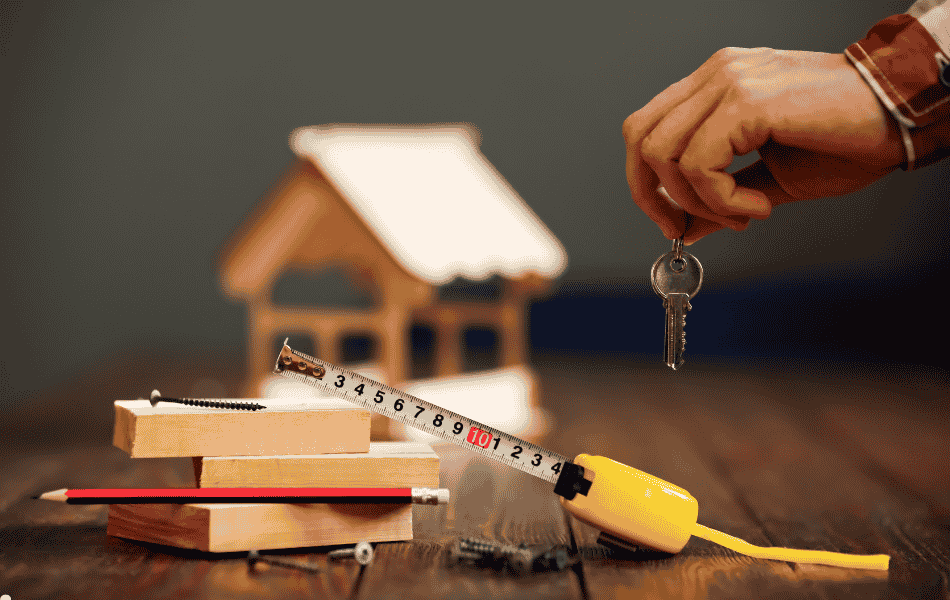Turning $500,000 in savings into a $3 million property portfolio is achievable with a clear strategy, a disciplined financial structure, and an understanding of Australian lending rules.
This guide outlines, step by step, how to use leverage, risk control, and market selection to grow a balanced portfolio that builds equity over time without taking unnecessary risks.
Understand How Leverage Works
In Australia, property investors commonly use leverage, borrowing money to buy property with their deposit as security.
If you have $500,000 in cash, banks may allow you to control up to $2.5–$3 million worth of property, depending on:
- Your income and debt-to-income ratio
- Loan-to-value ratio (LVR)
- Type of property and location
- Current interest rates and lending policy
Example structure:
- Deposit + costs = $500,000
- Borrow $2.5 million from lenders across two or three loans
- Total property portfolio = approximately $3 million
This approach multiplies your exposure to property gains, but also amplifies your repayment obligations and market risk. Always maintain sufficient buffers for rate increases and vacancies.

Step-by-Step Strategy to Build a $3 Million Portfolio
Step 1: Define the Goal
Decide on your end objective: capital growth, income generation, or a mix of both.
Your goal determines property type, location, and structure.
Step 2: Use Smart Loan Structuring
Split lending across multiple banks to maximise borrowing power and reduce cross-collateralisation.
Example allocation:
- Bank A: $1.2M loan against Property 1
- Bank B: $1.3M loan against Property 2
Keep each secured separately so you can sell or refinance one without affecting the others.
Step 3: Select Growth-Ready Locations
In 2025, markets with strong infrastructure spending, population inflows, and limited supply continue to perform best—such as Perth, Adelaide, and selected Brisbane suburbs.
Look for:
- Days-on-market trending lower
- Vacancy rate under 2%
- Rental yields above 4%
- Suburb-level projects improving livability (new transport, schools, zoning shifts)
Step 4: Balance Yield and Growth
Avoid overconcentration in a single city or property type.
Balanced mix example:
- $1M house in Perth (growth + solid yield)
- $1M townhouse in Adelaide (diversification)
- $1M apartment in Brisbane (cash flow support)
Step 5: Maintain a Cash Buffer
Always hold at least 6–12 months of loan repayments in reserve to manage rate fluctuations, maintenance, or short-term vacancies.
A liquidity buffer of $50,000–$70,000 is advisable at a minimum.
Sample Portfolio Breakdown
| Property | Location | Purchase Price | Deposit | Loan | Rental Yield | Strategy |
|---|---|---|---|---|---|---|
| 1 | Perth (Growth Suburb) | $1,000,000 | $150,000 | $850,000 | 4.5% | Long-term growth |
| 2 | Adelaide (Townhouse) | $950,000 | $150,000 | $800,000 | 5.0% | Balanced |
| 3 | Brisbane (Unit) | $1,050,000 | $150,000 | $900,000 | 5.5% | Yield and diversity |
| Total | $3,000,000 | $450,000 | $2,550,000 | Avg 5% | Mixed |
Remaining $50,000 reserved as cash buffer.
Key Considerations Before You Begin
Lending Capacity
In 2025, most Australian banks will apply a 3% serviceability buffer above actual interest rates. Confirm borrowing limits with a mortgage broker before making offers.
Stamp Duty and Purchase Costs
Allow roughly 5–6% of property value for stamp duty, legal fees, and other costs.
This must come from your $500,000 capital base.
Tax Position
You can claim deductions for interest, property management, insurance, repairs, and depreciation.
Engage a tax professional familiar with investment property structures.
Entity Structure
Consider whether to buy in your own name, a trust, or a company. Each affects borrowing capacity, tax outcomes, and asset protection differently.
Risk Management Principles
- Diversify: spread across states and property types to reduce exposure to local downturns.
- Avoid over-gearing: keep the portfolio-wide total LVR under 85%.
- Review annually: refinance when valuations increase to lower interest costs or access equity for future purchases.
- Hold quality stock: focus on owner-occupier appeal, not just investor product.
If rates rise or values dip temporarily, strong rental demand and balanced cash flow will protect your position.
Example Growth Projection
| Scenario | Portfolio Value | Total Loan | Equity | Net Position |
|---|---|---|---|---|
| Start | $3,000,000 | $2,550,000 | $450,000 | 15% |
| After 5 years (3% p.a. growth) | $3,478,000 | $2,300,000 | $1,178,000 | 34% |
| After 10 years (3% p.a. growth) | $4,037,000 | $2,000,000 | $2,037,000 | 50% |
Even conservative annual growth can double your equity within a decade while rents increase and debt reduces.
Common Mistakes to Avoid
- Buying too many high-maintenance or low-yield properties
- Ignoring cash flow stress testing
- Mixing personal and investment loans
- Cross-collateralising multiple properties with one bank
- Skipping property inspections or strata checks
- Chasing “hotspot” suburbs without fundamentals
Stay disciplined and focus on long-term compounding rather than short-term hype.
When to Review or Exit
Reassess your portfolio if:
- Interest costs rise beyond rental income
- You’ve reached equity goals and want to de-risk
- The market cycle shows a sustained decline in your area
- New life stages or liquidity needs arise
Selling strategically, rather than reactively, helps you lock in gains and redeploy capital efficiently.
With years of industry experience, Better Way 2 Build is committed to guiding Australian property investors through every step of the building and investment process. Whether you’re just starting or looking to refine your property investment strategy, reach out to us for a consultation. Contact us to begin your property investment journey with confidence.




